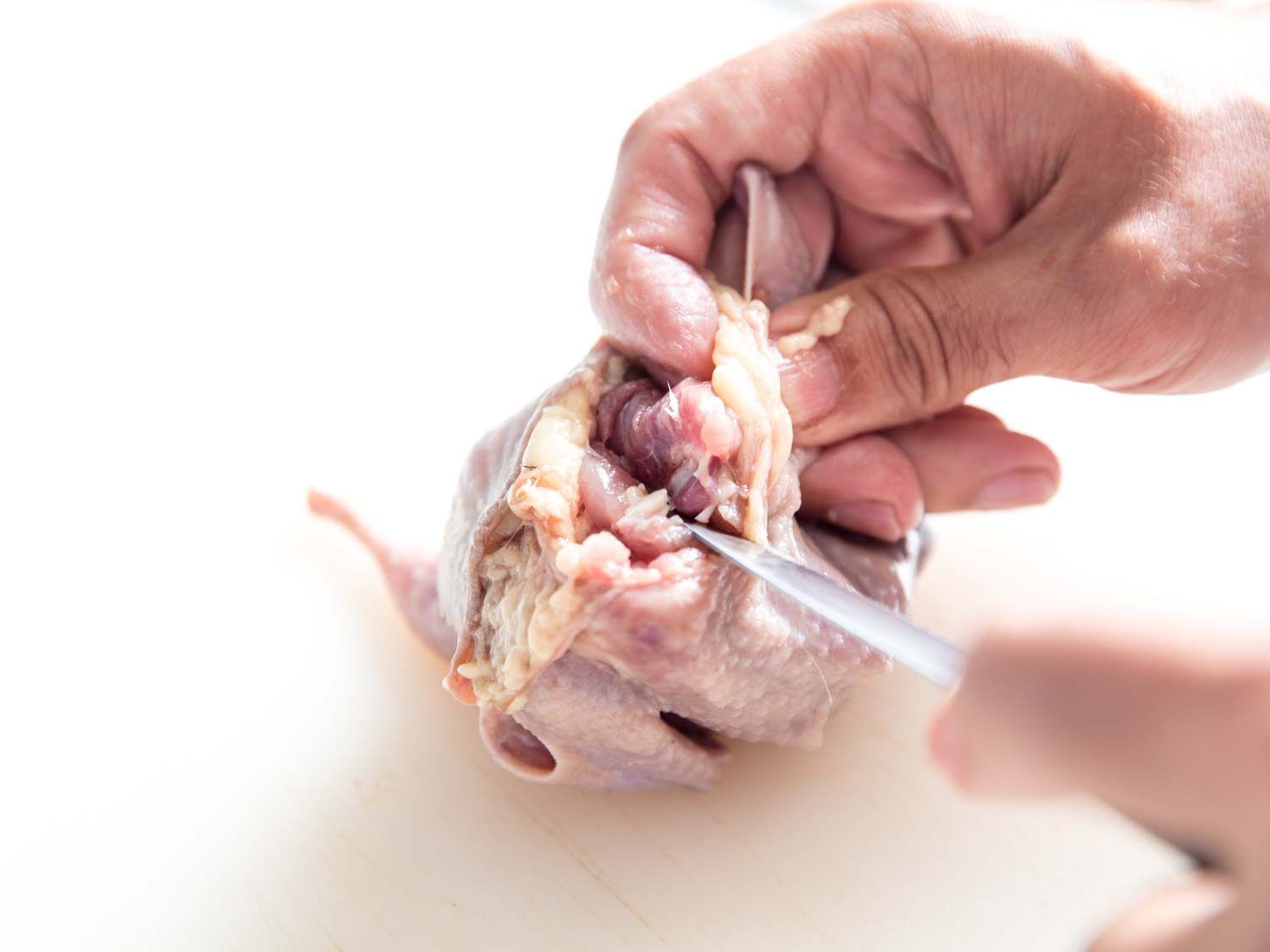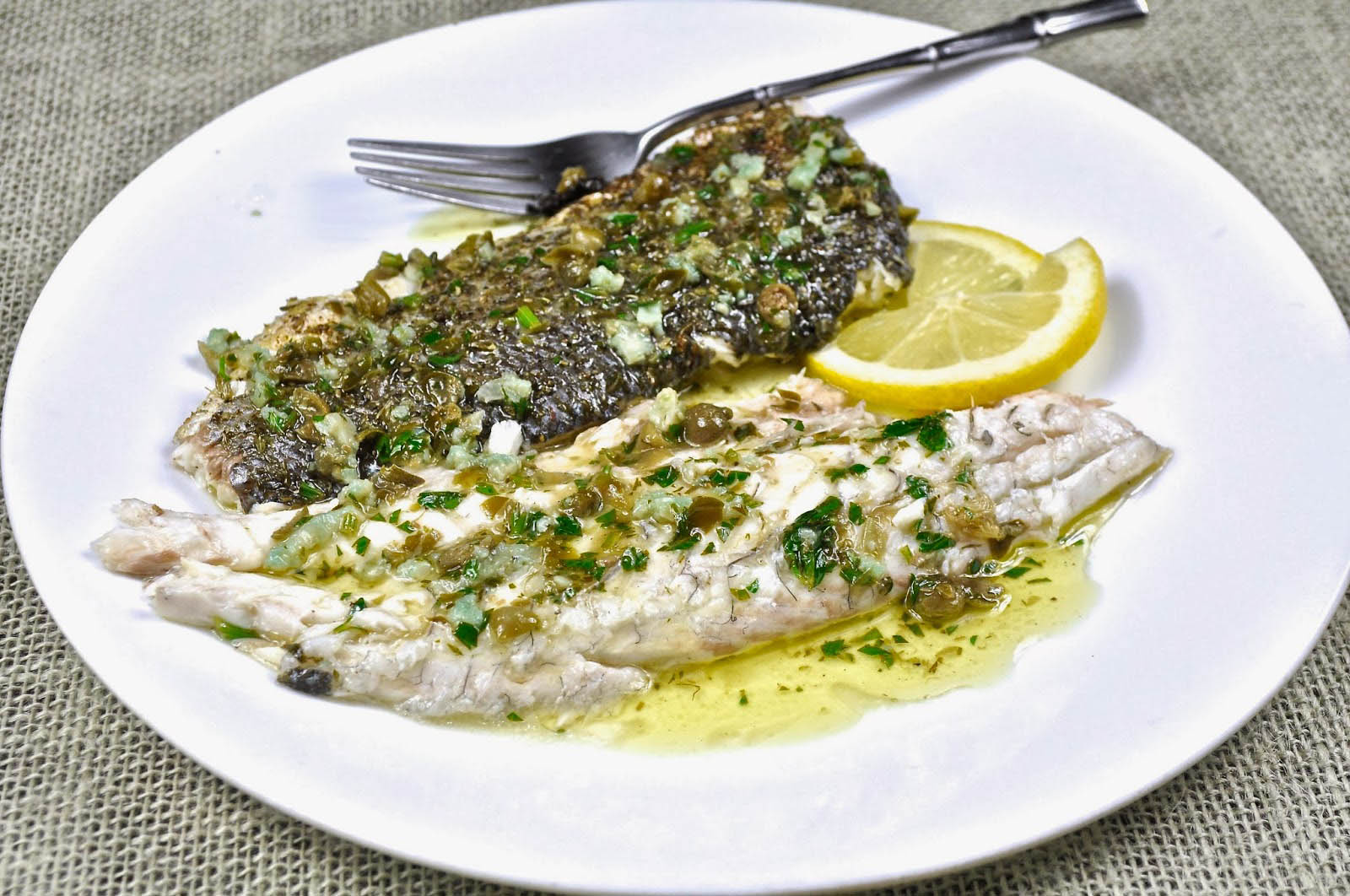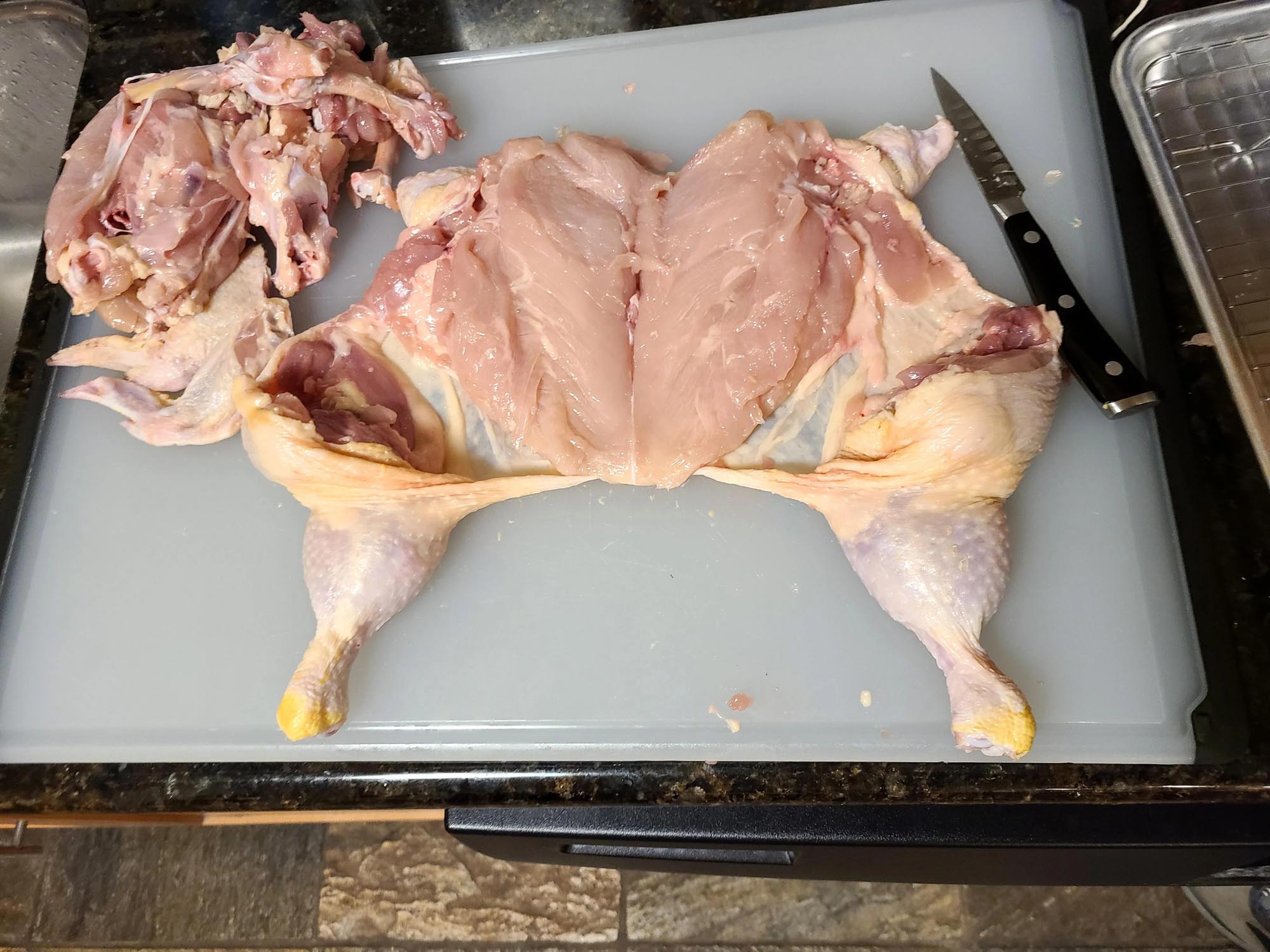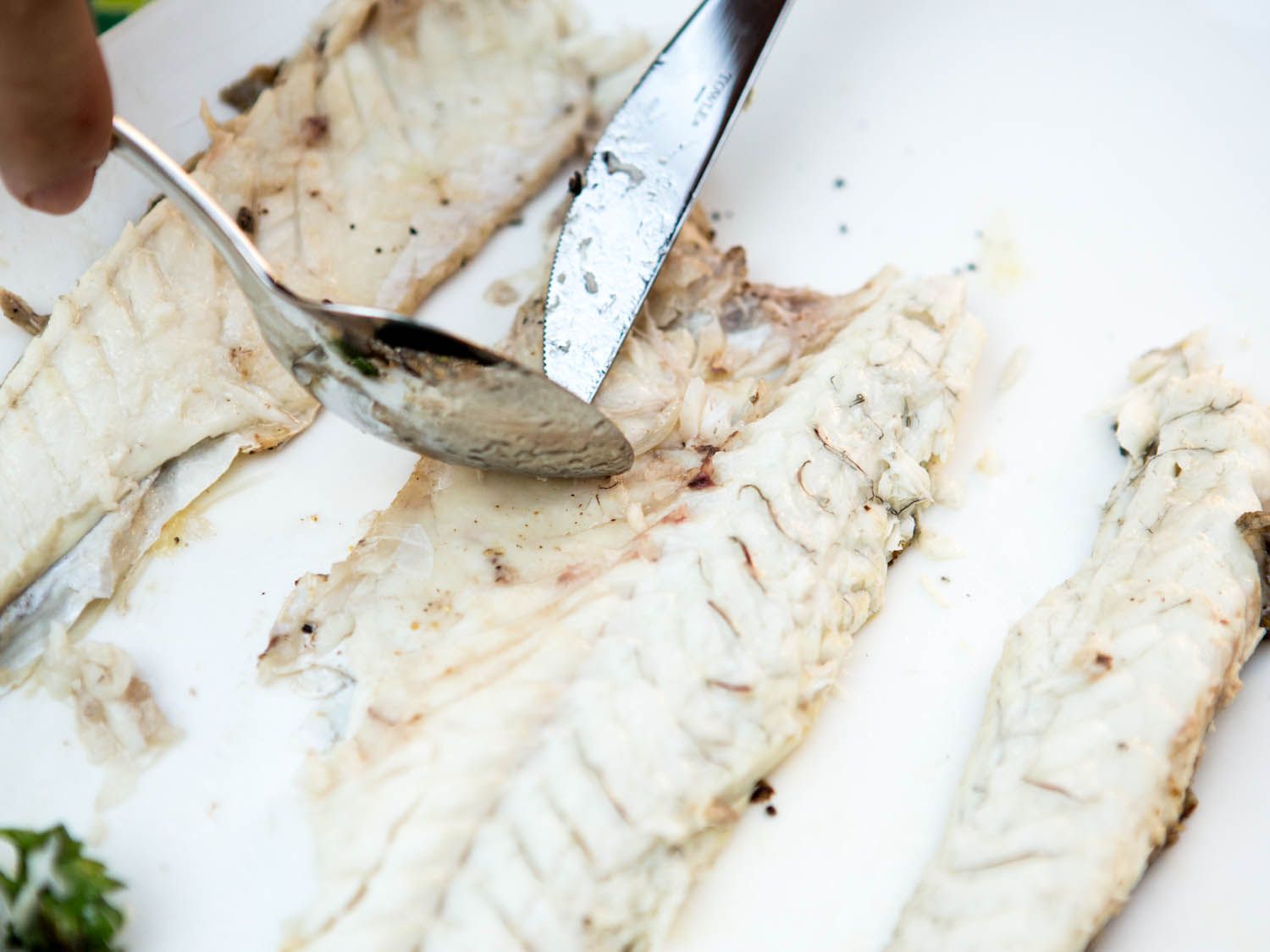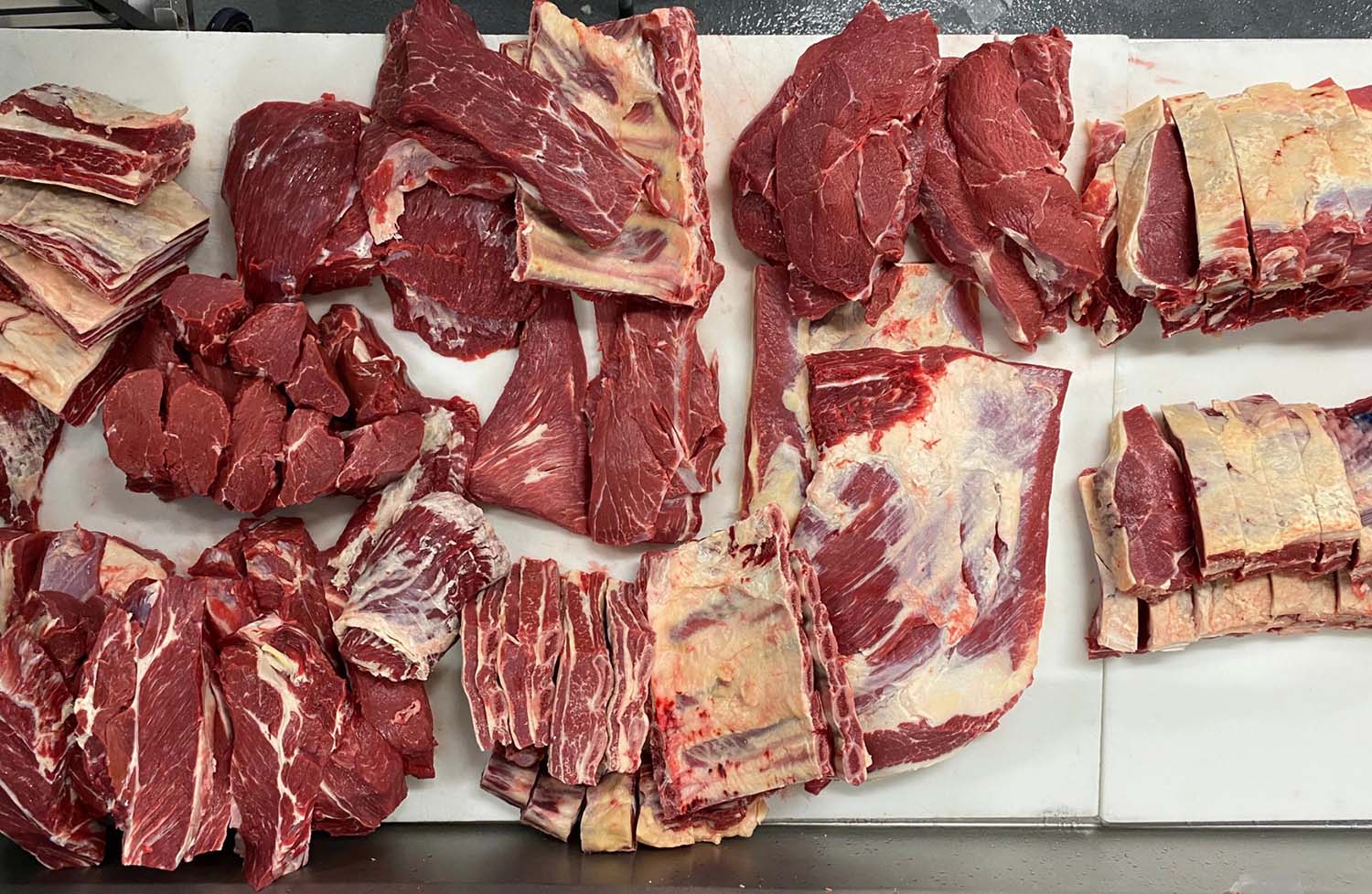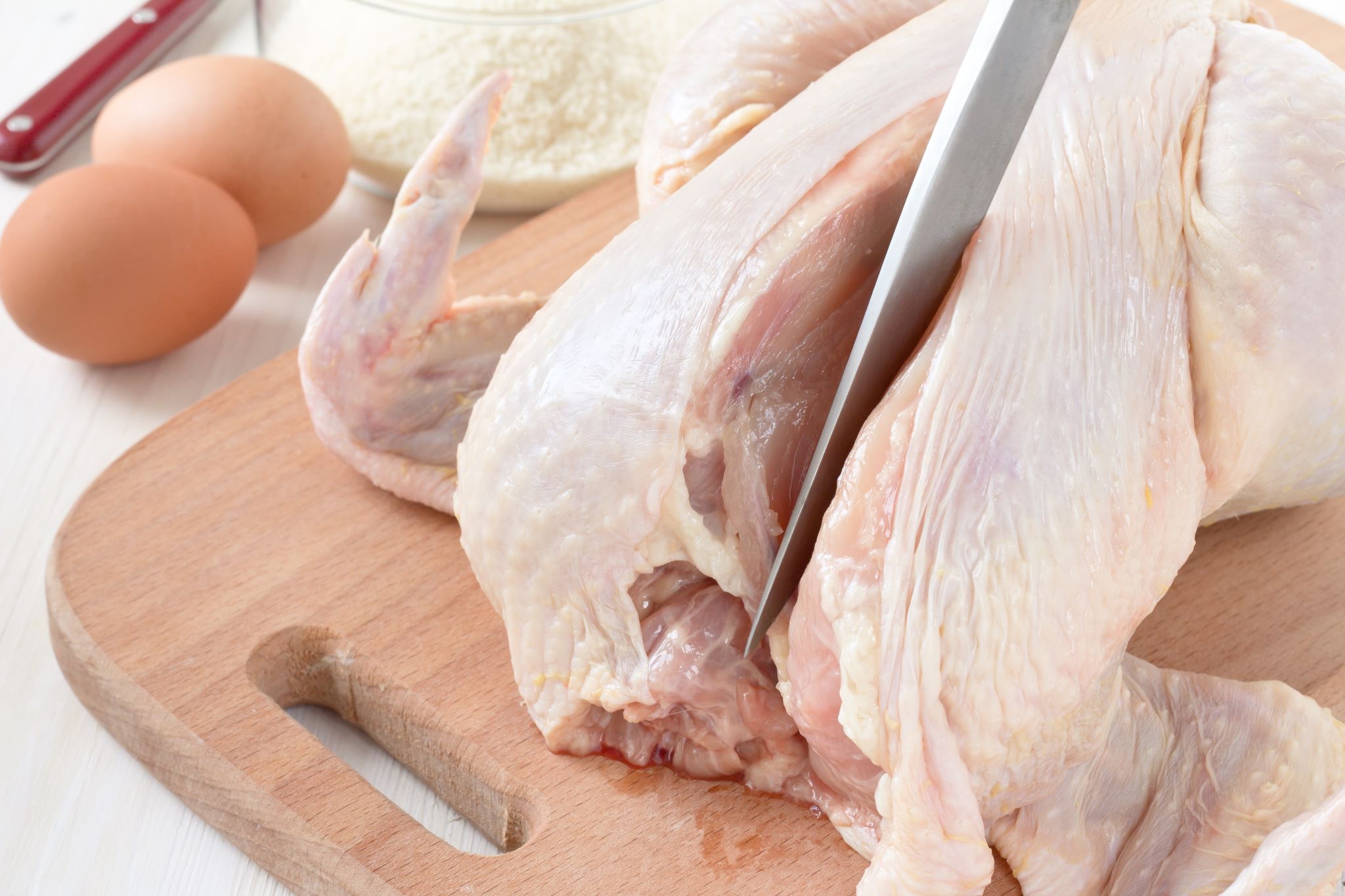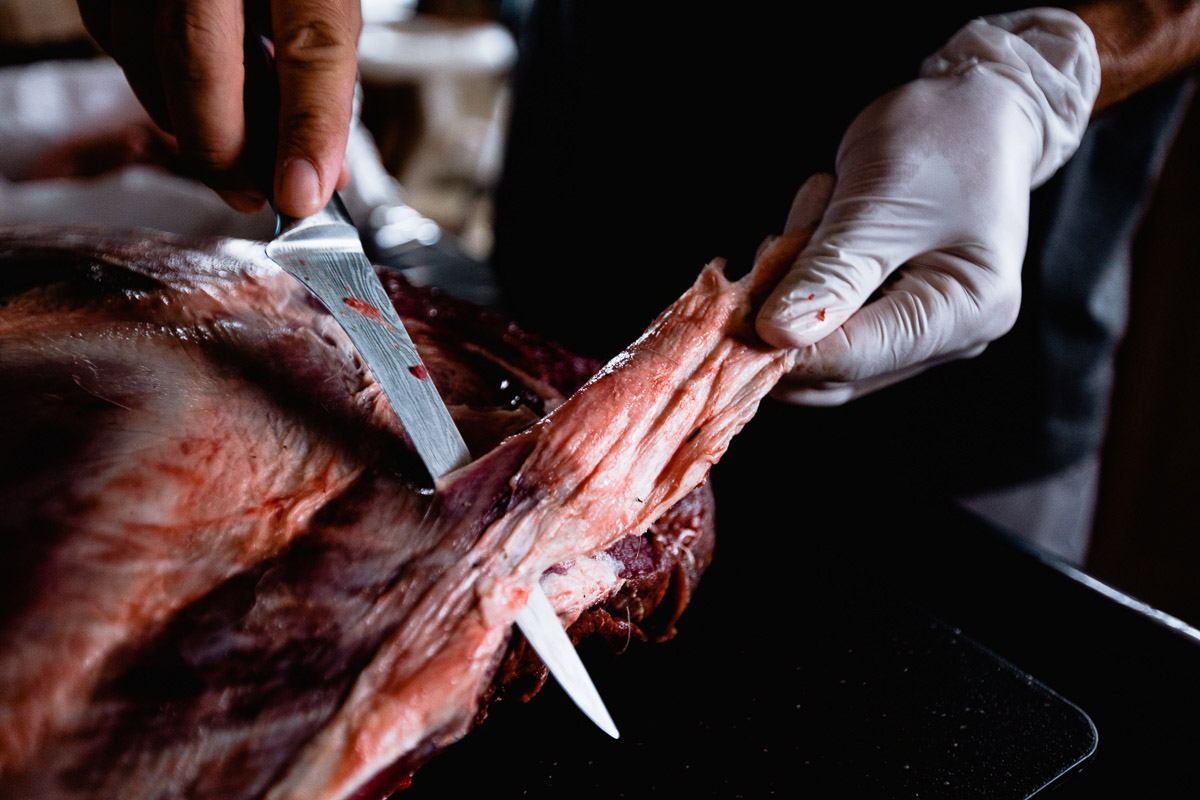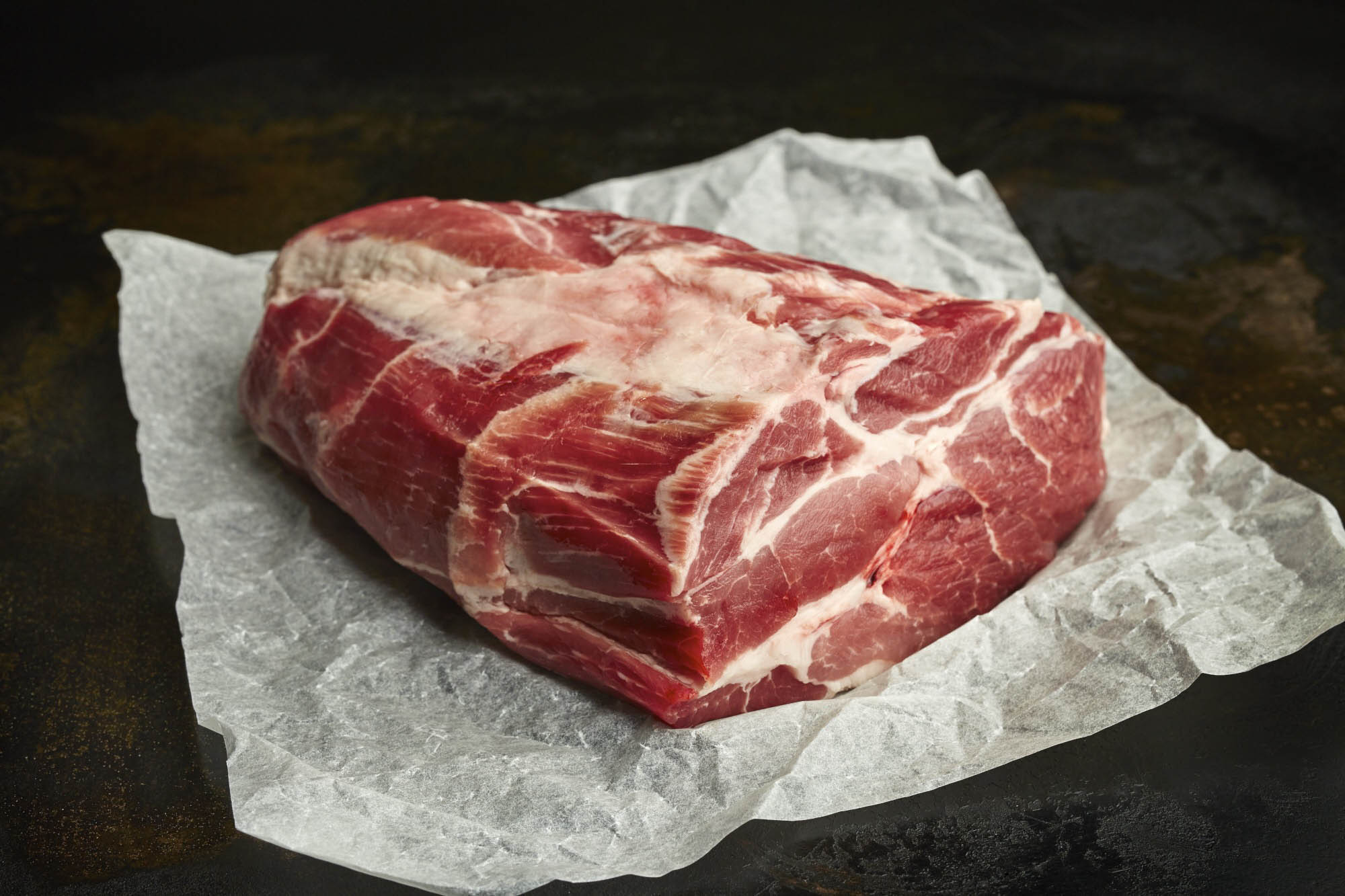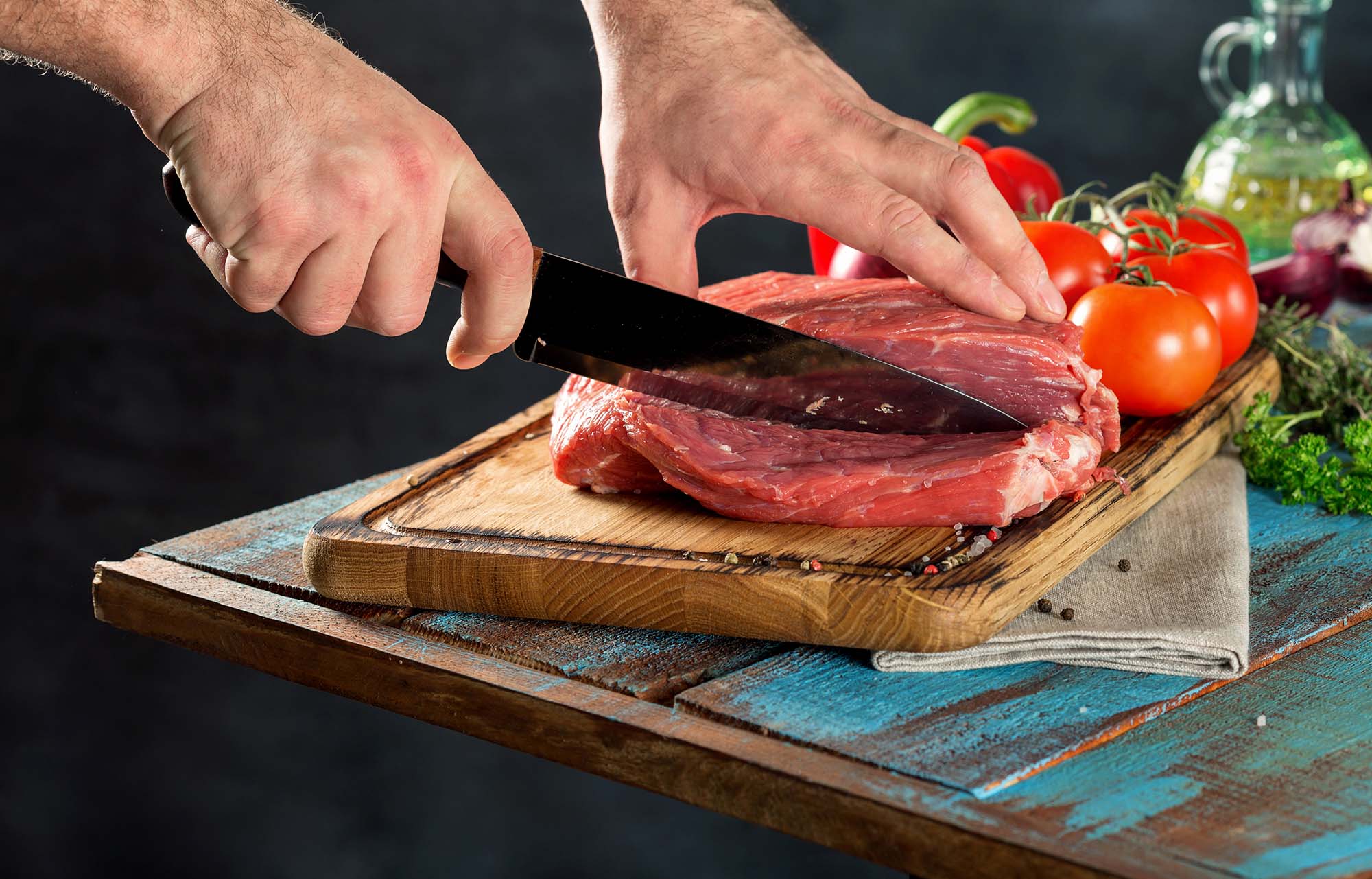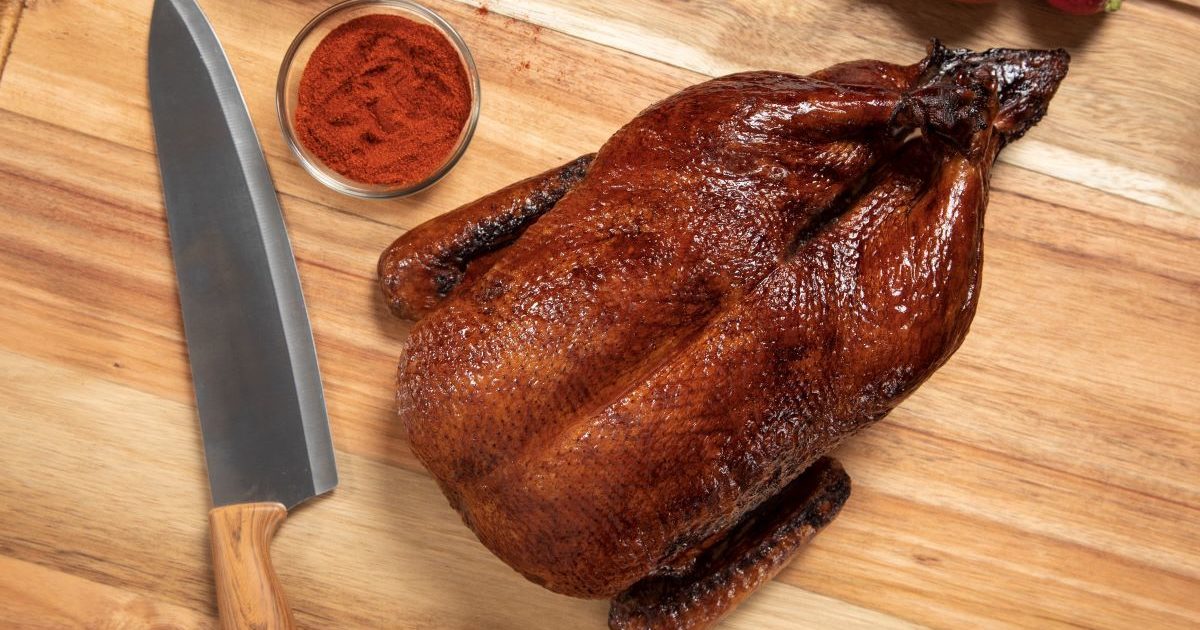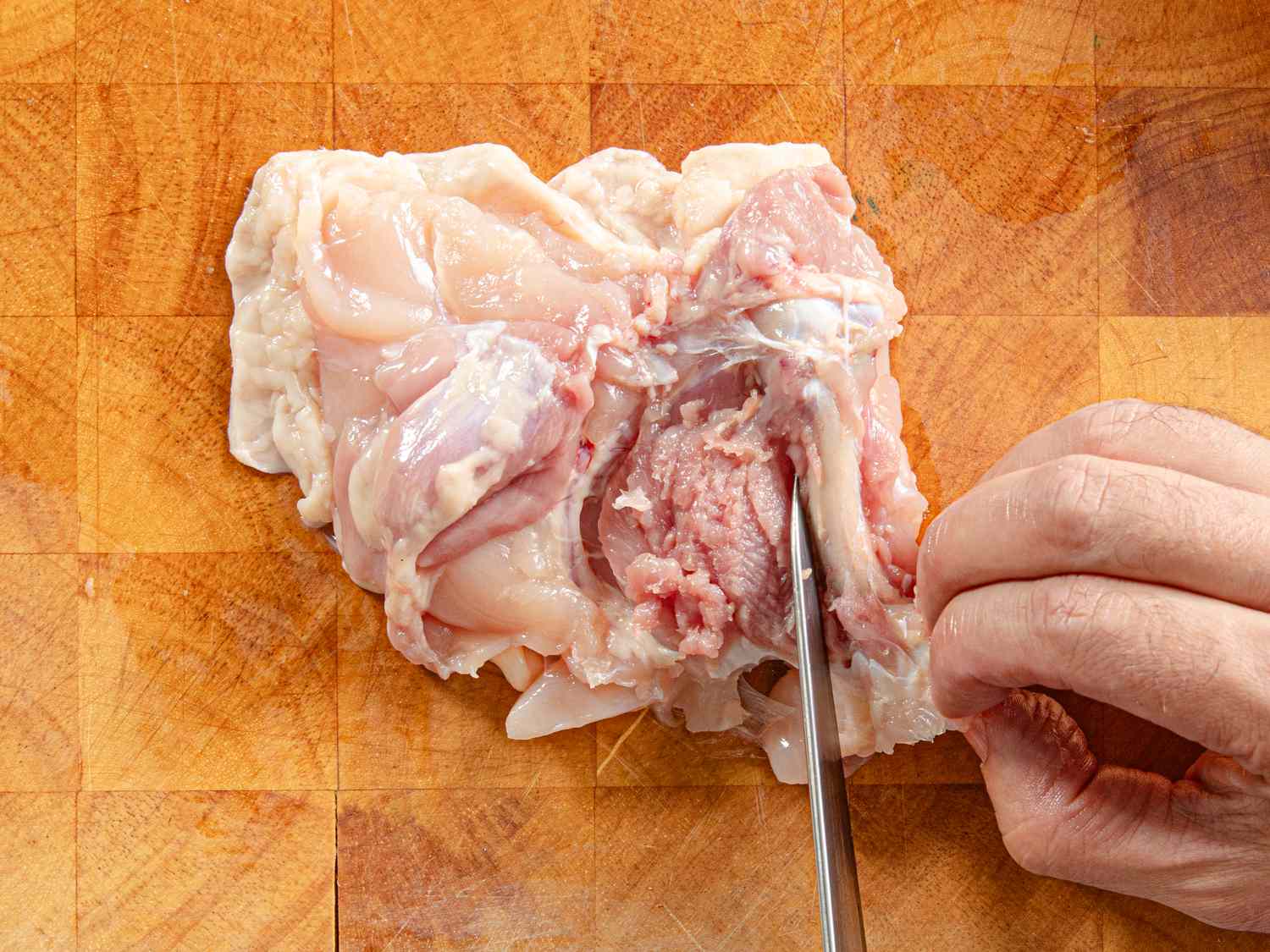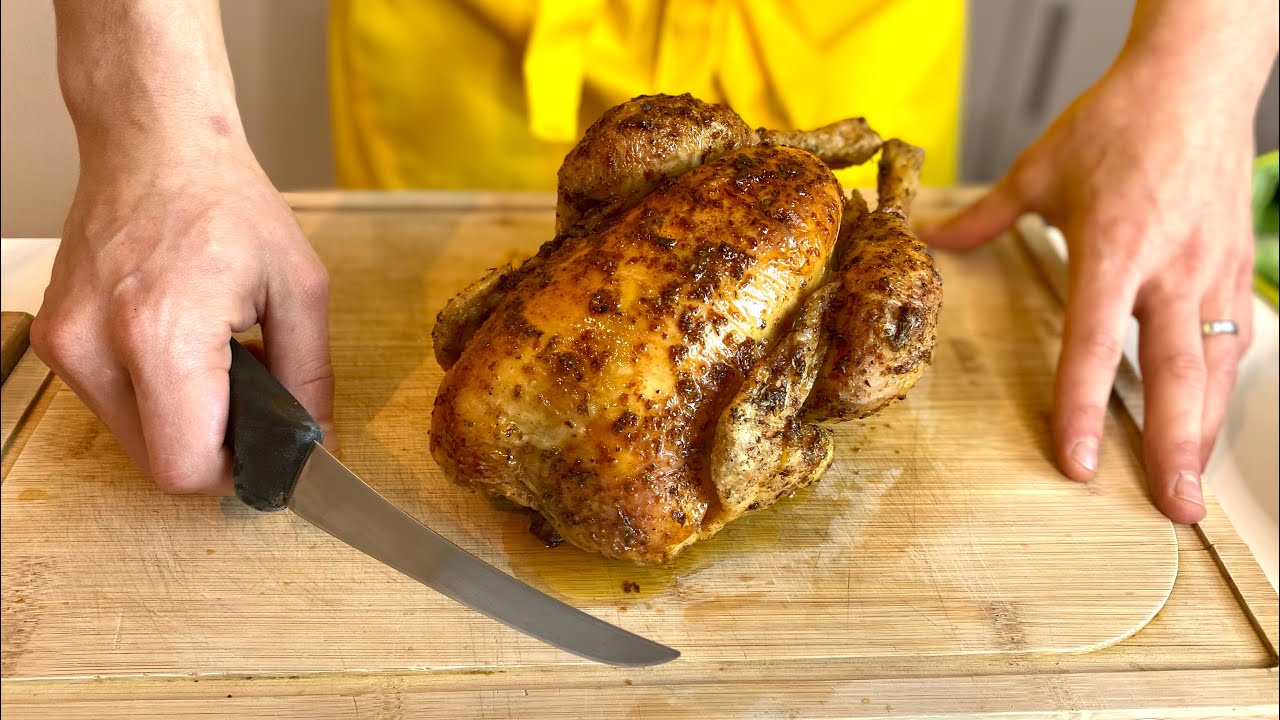Mastering the Art of Deboning a Lamb Shoulder Blade
Deboning a lamb shoulder blade may seem like a daunting task, but with the right technique and a little practice, it can be a rewarding culinary skill to master. Whether you’re preparing a special dinner or looking to impress your guests with a beautifully deboned lamb shoulder, this step-by-step guide will help you achieve professional results right in your own kitchen.
What You’ll Need
Before you get started, gather the following tools:
- Sharp boning knife
- Cutting board
- Kitchen twine (optional)
Step 1: Prepare the Lamb Shoulder
Place the lamb shoulder on a clean cutting board, fat side facing up. Use a sharp boning knife to carefully trim away any excess fat or connective tissue from the surface of the meat. This will make it easier to see the natural seams and joints of the shoulder blade.
Step 2: Locate the Bone
Locate the bone by feeling for the ridge running along the shoulder blade. Using your fingers as a guide, gently separate the meat from the bone to expose the joint.
Step 3: Begin Boning
Starting at the top of the shoulder, carefully slide the boning knife along the bone, using small, controlled movements. As you work your way down the shoulder, use the tip of the knife to follow the natural contours of the bone, separating the meat as you go.
Step 4: Remove the Bone
Once you’ve loosened the meat from the bone, use the tip of the knife to carefully navigate around the joint, cutting through any remaining connective tissue. With patience and precision, you’ll be able to remove the entire shoulder blade, leaving behind a beautifully deboned piece of lamb.
Step 5: Trim and Tie (Optional)
If desired, trim any excess fat or uneven edges from the deboned lamb shoulder. For roasting or grilling, you may also choose to tie the meat with kitchen twine to help it maintain its shape during cooking.
Step 6: Practice Makes Perfect
Deboning a lamb shoulder blade may take some practice, so don’t be discouraged if it doesn’t come out perfectly the first time. With each attempt, you’ll gain a better understanding of the lamb’s anatomy and develop the skills needed to debone with confidence.
Now that you’ve mastered the art of deboning a lamb shoulder blade, you can use this versatile cut of meat to create a wide range of delicious dishes, from stuffed and rolled roasts to tender braises. With patience and practice, you’ll soon be deboning lamb shoulders like a pro, impressing your family and friends with your culinary expertise.
Happy cooking!
Was this page helpful?
Read Next: How To Debone Eel
